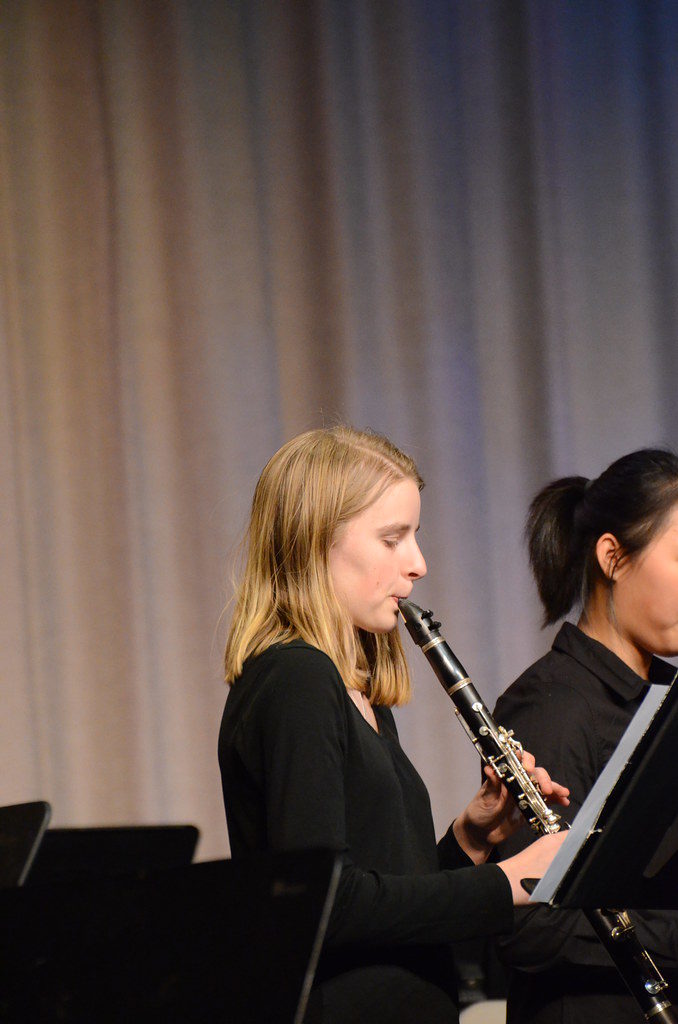Posts Tagged ‘Clarinet Technique’
Clarinet – Carpal Tunnel Syndrome (Musicians)(Psychology)(Pain)(Strain)(Injuries)(Posture)(Alexander Technique)(Albuquerque)
This ebook, An Alexander Technique Approach to Clarinet Technique, is published on this website in a PDF format. It is very detailed and practical, and it will give you the physical tools you need to take the limits off of your ability to create the accurate clarinet technique you want without sacrificing your body.
This ebook is also for sale on all AMAZON websites in a KINDLE format.
Located in Albuquerque, New Mexico, U.S.A. (MOVEMENT THERAPY)
When I was practicing six hours a day, seven days a week, to become a concert guitarist at the Royal College of Music in London in the early seventies, I developed carpal tunnel syndrome in my left wrist. I went to an Alexander Technique teacher, and within few months I was able to practice as much as I wanted without pain, and I’ve never suffered from carpal tunnel syndrome since.
What was it that the Alexander Technique teacher taught me that got me out of physical trouble permanently? I was taught how to press the strings with the minimum strength necessary, to find the most mechanically advantageous hand position in relationship to the string and guitar neck, and to press the strings without immobilizing my wrist, elbow, and shoulder.
I’ve applied the above principles in my ebook on the clarinet. If the hands are in a mechanically advantageous relationship to the clarinet, when you press the keys and/or cover the holes and blow with released, not relaxed (collapsed) wrists, then you will be on your way to healing your carpal tunnel syndrome.
As a clarinet player, you want to support your hands with released forearms, upper arms, and shoulders, but not immobilizing the wrists, elbows, or shoulders. Then you can play the clarinet with arms, hands, and shoulders that are not held unnecessarily still. When the keys are pressed and/or the holes covered with released supported wrists, then you won’t cause carpal tunnel syndrome.
Let me explain. If you were to learn how to play the clarinet with a static held body and arm positions, then as you continuously change keys with both hands with held immobilized tension, you’d be forcing the bones of the wrists to grind against each other.
Simply, tense muscles force bones together and cause 100% unnecessary wear and tear throughout the whole body.
Why do musicians use too much muscle to play the clarinet? It is to prevent mistakes. It is using physical negative reinforcement to press the right key and/or hole. So, when you practice a lot, you may become fairly accurate by using tension to minimize the number of mistakes you make, but you are damaging your body.
Then you seek out an Alexander Technique teacher who shows you that you can be extraordinarily accurate, if you release all of your excess tension, use balanced posture, and trust your fingers to hit the mark.
I want to say something here about injuries being inevitable in repetitive activities that require precision. They are not, but by the time someone comes to an Alexander Technique teacher with carpal tunnel syndrome from playing the clarinet, the clarinetist has lived with a powerful belief system that says injuries are inevitable on the clarinet.
I show clarinet players how to get out of physical trouble, and I also ask them to simultaneously question all of the beliefs they have about doing activities that require precision. I then ask them to consider giving up all of the beliefs that guarantee they will eventually get injured over and over in any activity that requires precise movements.
